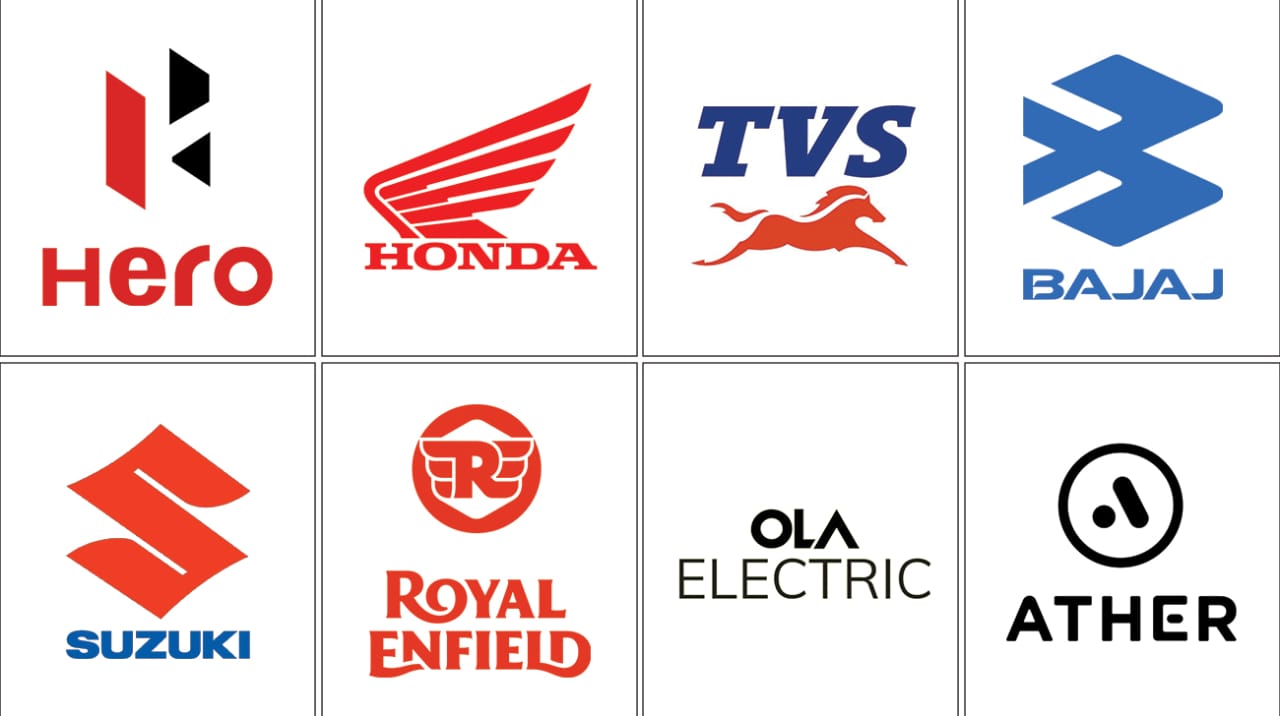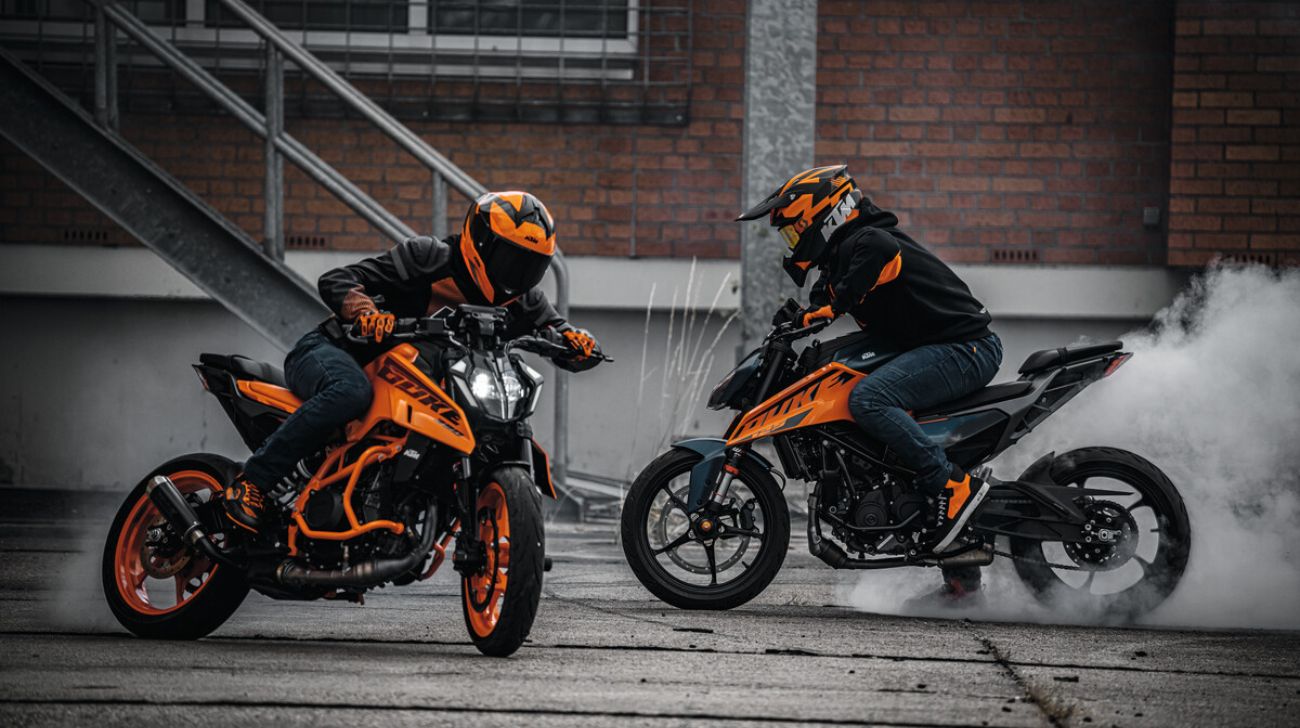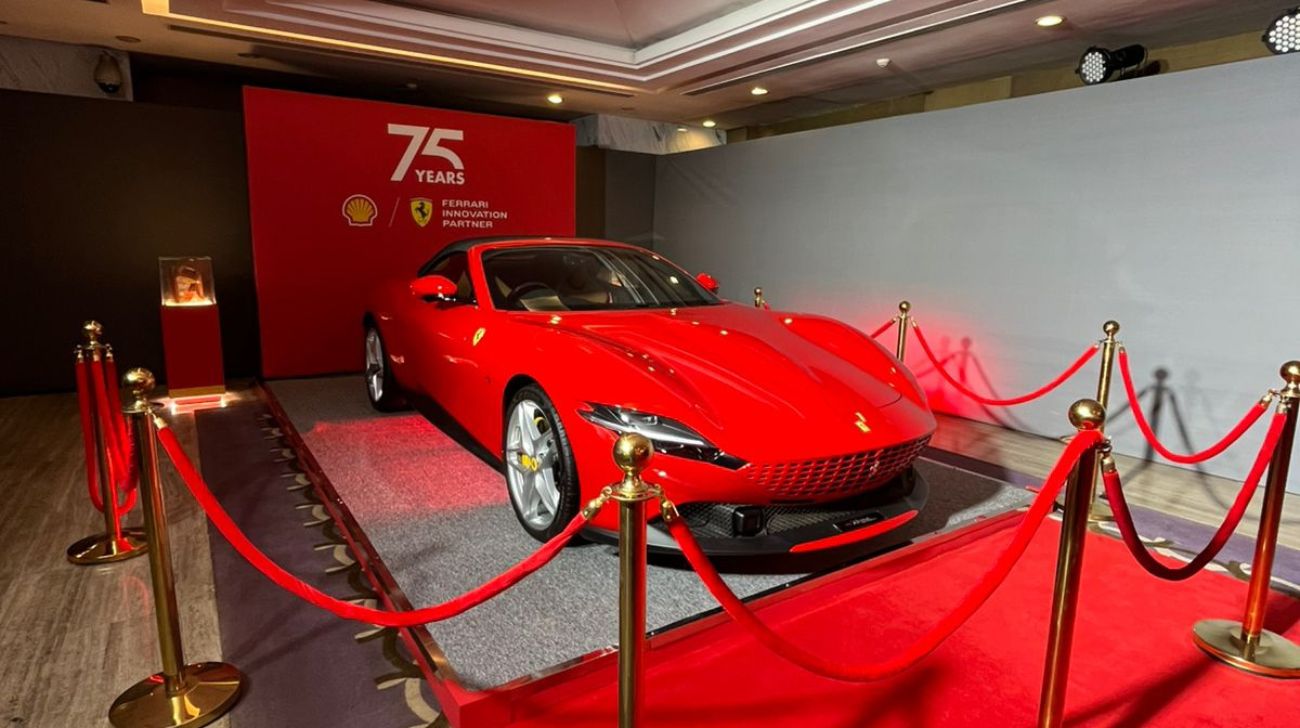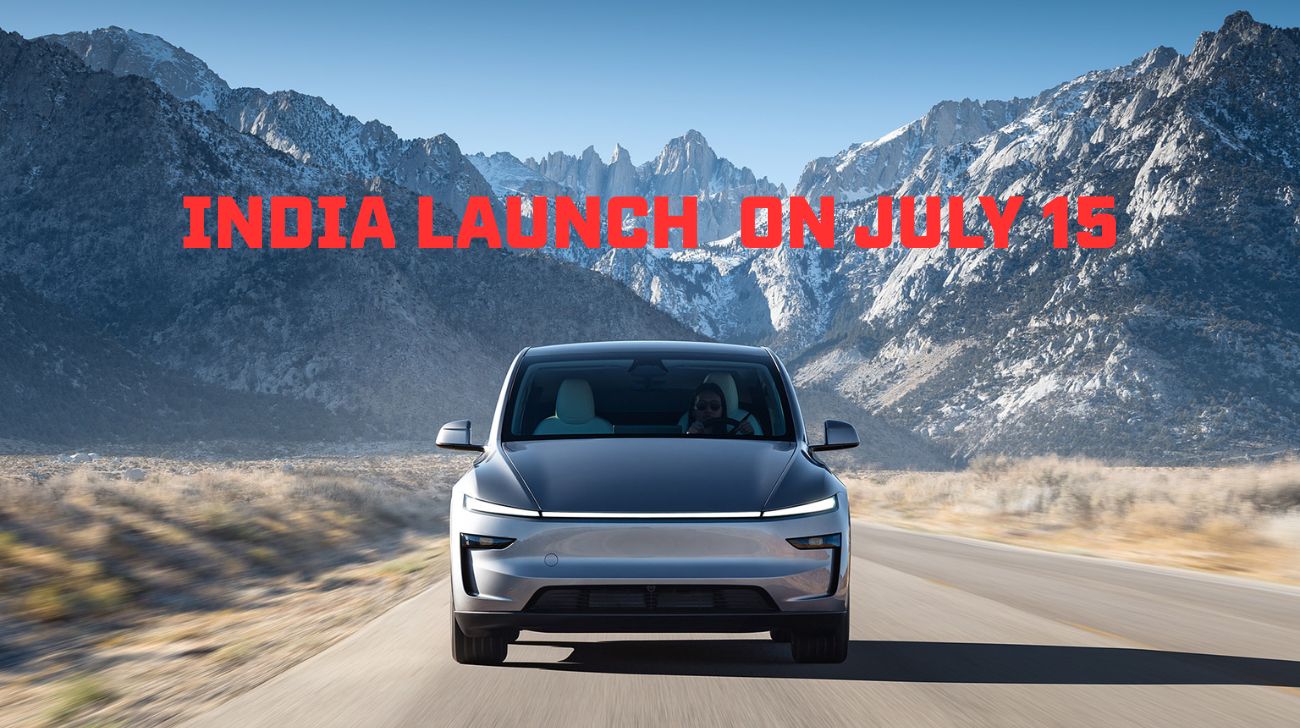The Indian two-wheeler industry, long considered a barometer for the nation’s rural and urban economic health, posted a mixed set of numbers in June 2025. On the surface, the sector showed signs of resilience with selective growth pockets, but beneath the headline figures lies a complex story of shifting market dynamics, electric transformation, and strategic recalibration among OEMs.
Hero MotoCorp Races Ahead
Hero MotoCorp emerged as the undisputed leader in June 2025 with 525,136 units sold, marking a 7.4% month-on-month growth and a 6.9% year-on-year rise. This is Hero’s highest volume month for 2025 so far, signalling both strong rural demand and an effective realignment of its product mix.
In contrast to May 2025, when Hero sold 489,336 units, the June performance indicates that the brand is effectively managing supply chains and channel inventory while riding on seasonal buying upticks. Traditionally, June and July see a tapering of demand as monsoons begin, but Hero seems to have bucked the trend, likely aided by an early kharif sowing season in key agricultural states and continued demand for budget commuter motorcycles.
The Splendor and HF Deluxe series, long-time workhorses of the commuter segment, continue to be Hero's volume drivers. While competitors are diversifying into electrics and premiumization, Hero’s stronghold in rural and tier-2/3 markets has proven advantageous.
However, one area of concern remains its electric push through the VIDA V1 series. While Hero entered the EV fray late, its current sales—estimated at around 1,900 units for June—indicate a tepid start compared to EV leaders. Whether this slow burn is strategic or symptomatic of execution lags remains to be seen.
Honda’s Worrisome Slide
If Hero is on a high, Honda is staring at a sharp decline. With 389,809 units sold in June, Honda witnessed a 6.8% MoM fall and a steep 19.4% YoY decline. This drop is especially troubling considering May 2025 sales stood at 417,760 units.
Several factors could be driving this dip. First, Honda’s best-selling Activa series—although still popular—is now facing growing competition from newer models in the ICE and EV scooter categories. Second, the brand’s late entry and muted marketing for electric variants have made it less competitive in the growing EV segment. Finally, Honda’s dependence on urban scooter sales makes it vulnerable to market saturation and slowing demand in metros.
Strategically, Honda may need to re-evaluate its pricing, product refresh cycles, and rural penetration. It risks losing further market share if the current trajectory continues into the festive season.
TVS Motor: A Balanced Powerhouse
TVS posted a somewhat split result, with 281,455 units sold, down 9.1% from May’s 309,107 units, but up 9.9% YoY. The company is in a unique position of strength: while ICE sales may have slipped marginally, its performance in the electric segment continues to outperform expectations.
The TVS iQube, with sales of 25,274 units in June, remains the best-selling electric scooter in India. TVS’s early investment in EV R&D, robust dealership training, and domestic sourcing have paid off. From just 14,673 units in March to over 25,000 in June, TVS has more than doubled its monthly EV output in a single quarter.
This growth in the EV segment compensates for modest ICE dips. Notably, TVS appears to be gaining share in the 110cc-125cc segment with models like the Jupiter and Raider maintaining consistent retail traction.
TVS’s dual-pronged strategy solid ICE base with an aggressive EV push, is paying off, and it is arguably the most well-rounded player in the two-wheeler space today.
Bajaj Auto: Caught in Transition
Bajaj Auto posted 149,474 domestic units in June, a sharp 22% drop from May’s 190,681 units, and 16.2% down YoY. This marks Bajaj’s lowest monthly domestic figure in recent quarters, a surprising dip for a company that had shown consistent ICE motorcycle strength through Q1 2025.
The decline is not due to lack of demand alone. Bajaj’s exports remain healthy, and its urban and performance models like the Pulsar and Dominar continue to command attention. However, domestic demand faltered, particularly in Tier 2 and 3 cities, where price sensitivity and availability have become key concerns.
Interestingly, Bajaj’s Chetak EV showed solid performance with 22,885 units in June, making it the second-best-selling EV behind TVS. Bajaj’s strong dealer reach and growing EV-specific showrooms are paying dividends here, and the brand is now neck-and-neck with TVS in the electric space.
The transition to electric could be draining resources or splitting focus. Bajaj may need a fresh campaign or mid-year refresh to recapture domestic ICE share before the Diwali season.
Suzuki & Royal Enfield: Quiet Climbers
Suzuki Motorcycle India posted 95,244 units, reflecting a robust 34% YoY growth, despite a 11.6% MoM decline. This mixed result doesn’t tell the full story. The Access 125 and Burgman Street remain strong in urban centers, and Suzuki’s incremental improvement in production capacity is showing results.
Suzuki’s growth appears sustainable, particularly in the premium scooter space where it competes with Yamaha and Aprilia. With consistent monthly sales near the 90k mark, Suzuki is quietly building a stable foothold in the mid-premium segment.
Royal Enfield, meanwhile, sold 76,957 units, with a 1.5% MoM and 16.4% YoY increase. RE continues its slow, stable growth, driven by Hunter 350, Classic 350, and Meteor. Its niche status, aspirational appeal, and community-based marketing ensure loyalty and stable volumes.
Upcoming launches in the 450cc segment and expansion into semi-urban markets could further fuel growth. Enfield is not chasing volume but delivering quality growth which is exactly what its brand DNA demands.
The Electric Pivot: Gaining Traction
June 2025 saw the electric two-wheeler segment cross 1.05 lakh units, a 32% YoY growth. The four front-runners dominate:
-
TVS iQube: 25,274 units (~24% market share)
-
Bajaj Chetak: 22,885 units (~22%)
-
Ola Electric: ~20,000 units (~19%)
-
Ather Energy: ~14,500 units (~14%)
TVS and Bajaj, despite their ICE legacy, are now leading the EV transition, beating born-EV brands like Ola and Ather. That’s significant—it reflects consumer trust in service networks, after-sales assurance, and vehicle reliability.
However, new entrants like Simple Energy, River, and the upcoming Yamaha Neo EV may challenge this equilibrium in H2 2025. Additionally, the rising cost of battery materials and the government’s recent re-evaluation of FAME subsidies may play a role in shaping EV affordability going forward.
Comparing with May 2025 and Early 2024
Looking at May 2025, the overall domestic two-wheeler market posted 17.29 lakh units. In June, the number dipped slightly to 16.8 lakh units, representing a ~3% sequential contraction. While this is expected due to monsoon onset, it reveals underlying market fragility in ICE demand.
Comparing June 2024 to June 2025, however, reveals a healthier picture: industry-wide growth of ~6% YoY. This indicates recovery from post-pandemic stagnation and early signs of structural EV integration.
What’s evident is that electrification is cushioning industry slowdowns. Brands with robust EV portfolios are reporting healthier total sales and less seasonal volatility.
Conclusion: Winds of Change
The June 2025 sales numbers have redrawn the battle lines in India’s two-wheeler market. Hero is reaffirming dominance through sheer scale and rural penetration, but its electric underperformance could become a strategic vulnerability. TVS has struck a rare balance—strength in both ICE and EVs—emerging as the most future-ready OEM. Honda, once Hero’s biggest rival, is losing relevance and must evolve rapidly to remain competitive.
Bajaj’s sharp domestic drop demands course correction, even as its EV push shows promise. Suzuki and Royal Enfield, though not in the volume race, are carving niche positions with consistent execution.
Most importantly, electric two-wheelers are no longer fringe players. With over 1 lakh units a month, EVs now make up nearly 6.2% of total two-wheeler sales, a figure that is expected to double by the end of 2026.
The question for the coming months is no longer "if" the electric transition will reshape the market—but who will lead it sustainably while keeping their ICE core profitable. For now, TVS and Bajaj look best positioned. But with Hero's scale and Suzuki’s agility, the second half of 2025 promises more disruption and evolution.





